NASA shared a new Hubble image of two galaxies locked in a dance, raising more questions about the star formation rate in aging galaxies.
Hubble captured two galaxies locked in a danceThe two galaxies pictured in the image above at NGC 3227 and NGC 3226. The duo is more collectively known as Arp 94 and can be found around 50 to 60 million light-years away from Earth. While you can’t see it particularly well in the image, there are faint tidal streams of gas and dust that have the two galaxies locked in a dance with each other.
You can see Galaxy NGC 3227 on the left. It is a massive spiral galaxy known as a Seyfert galaxy. It, like our own Milky Way galaxy, holds a. To the right is NGC 3226, an elliptical galaxy that NASA believes previously cannibalized a third galaxy in the area. Based on everything we know; NASA says that NGC 3226 should be making new stars. That’s because all of the energy and debris from the previous galaxy is feeding directly into it. But, based on aEven those the two galaxies are locked in a dance, and NGC 3226 is feeding off that old energy constantly, its rate of star formation is very low. Instead, it looks like the material that is falling into NGC 3226 is colliding with other galactic gas.
United States Latest News, United States Headlines
Similar News:You can also read news stories similar to this one that we have collected from other news sources.
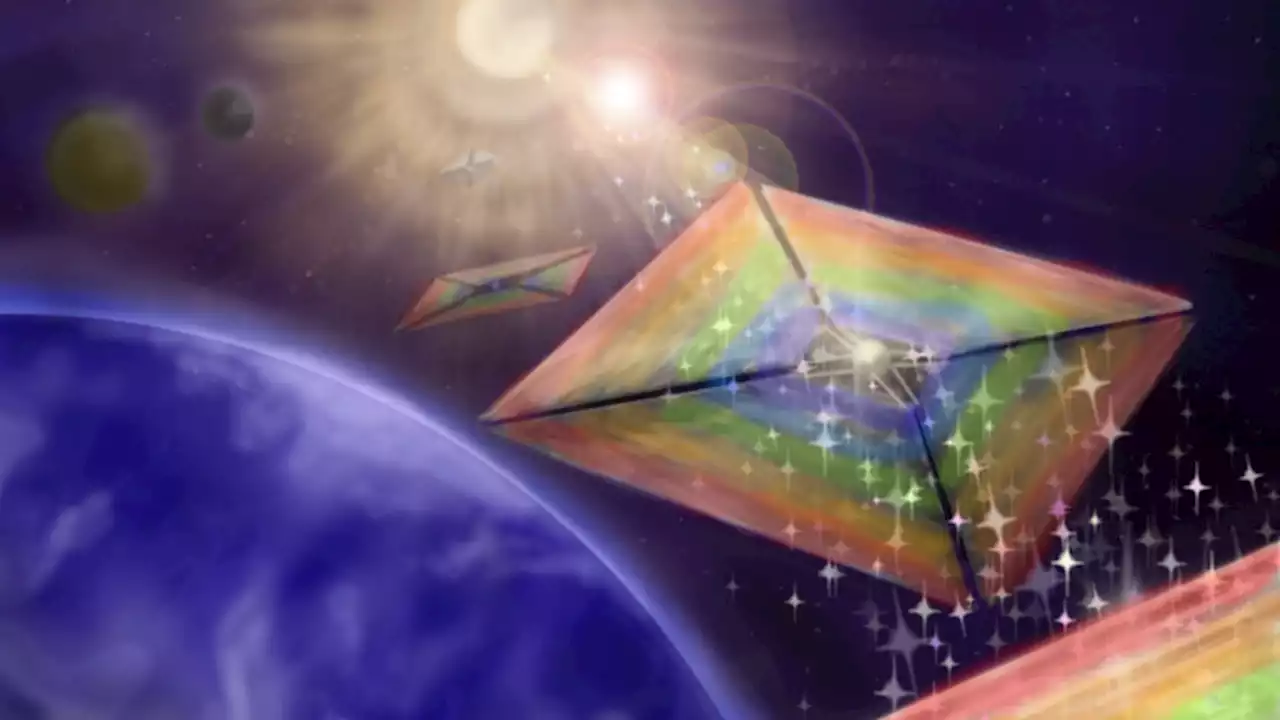 NASA-supported diffractive solar sail will let you see the sun like never beforeThe Diffractive Solar Sailing project was selected for Phase III study under the NASA NIAC program. It could allow scientists to see the sun as never before.
NASA-supported diffractive solar sail will let you see the sun like never beforeThe Diffractive Solar Sailing project was selected for Phase III study under the NASA NIAC program. It could allow scientists to see the sun as never before.
Read more »
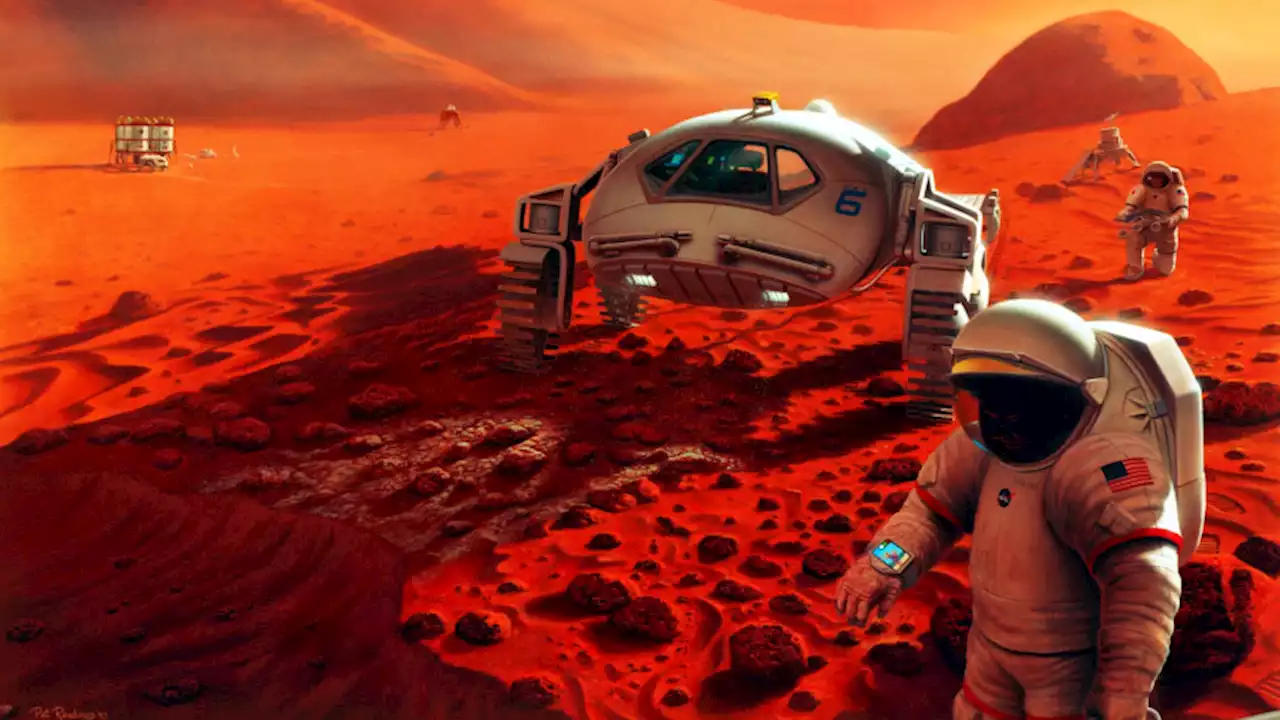 NASA reveals rare new details on the first human mission to MarsNASA has provided a few tantalizing details describing its first human mission to Mars, which is expected to take place at some point in the 2030s.
NASA reveals rare new details on the first human mission to MarsNASA has provided a few tantalizing details describing its first human mission to Mars, which is expected to take place at some point in the 2030s.
Read more »
 NASA, Boeing Complete Starliner Uncrewed Flight Test to Space StationNASA and Boeing safely landed the company’s CST-100 Starliner spacecraft Wednesday in the desert of the western United States, completing the uncrewed Orbital Flight Test-2 (OFT-2) to the International Space Station to help prove the system is ready to fly astronauts.
NASA, Boeing Complete Starliner Uncrewed Flight Test to Space StationNASA and Boeing safely landed the company’s CST-100 Starliner spacecraft Wednesday in the desert of the western United States, completing the uncrewed Orbital Flight Test-2 (OFT-2) to the International Space Station to help prove the system is ready to fly astronauts.
Read more »
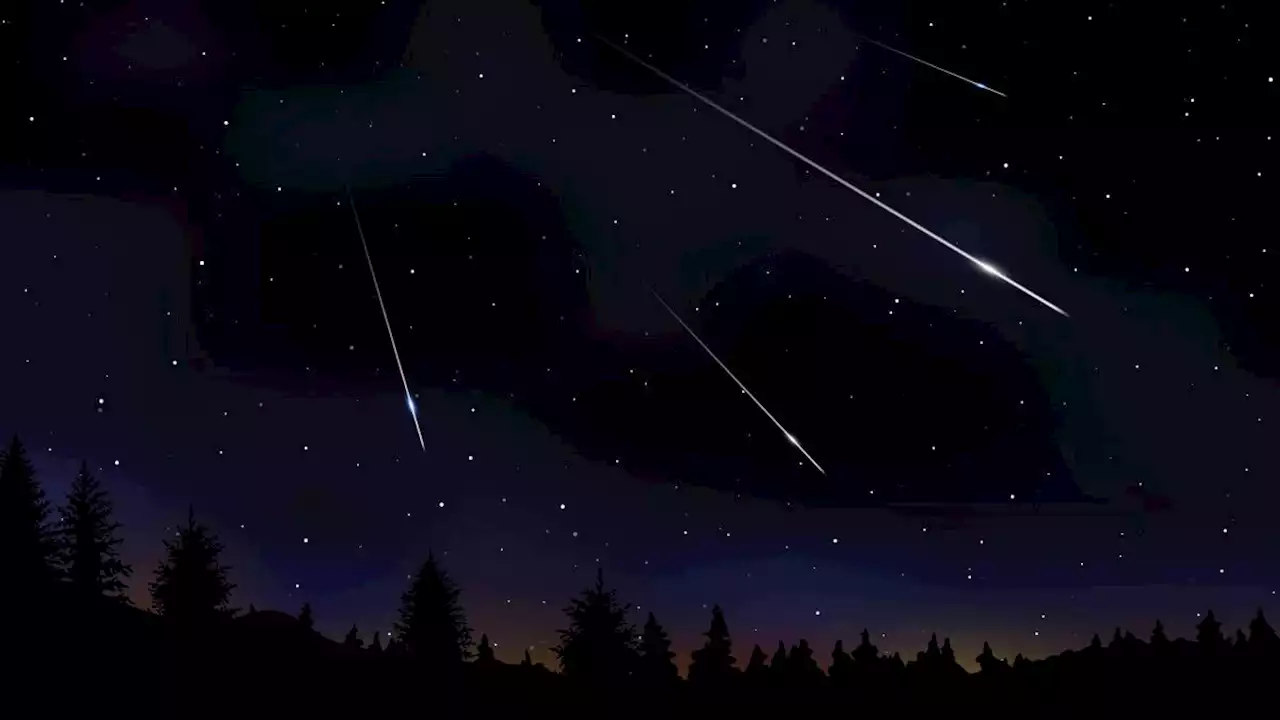 Potential new meteor shower is 'all or nothing event,' says NASA astronomerA shattering comet might generate a new tau Herculids shower on May 30 and 31.
Potential new meteor shower is 'all or nothing event,' says NASA astronomerA shattering comet might generate a new tau Herculids shower on May 30 and 31.
Read more »
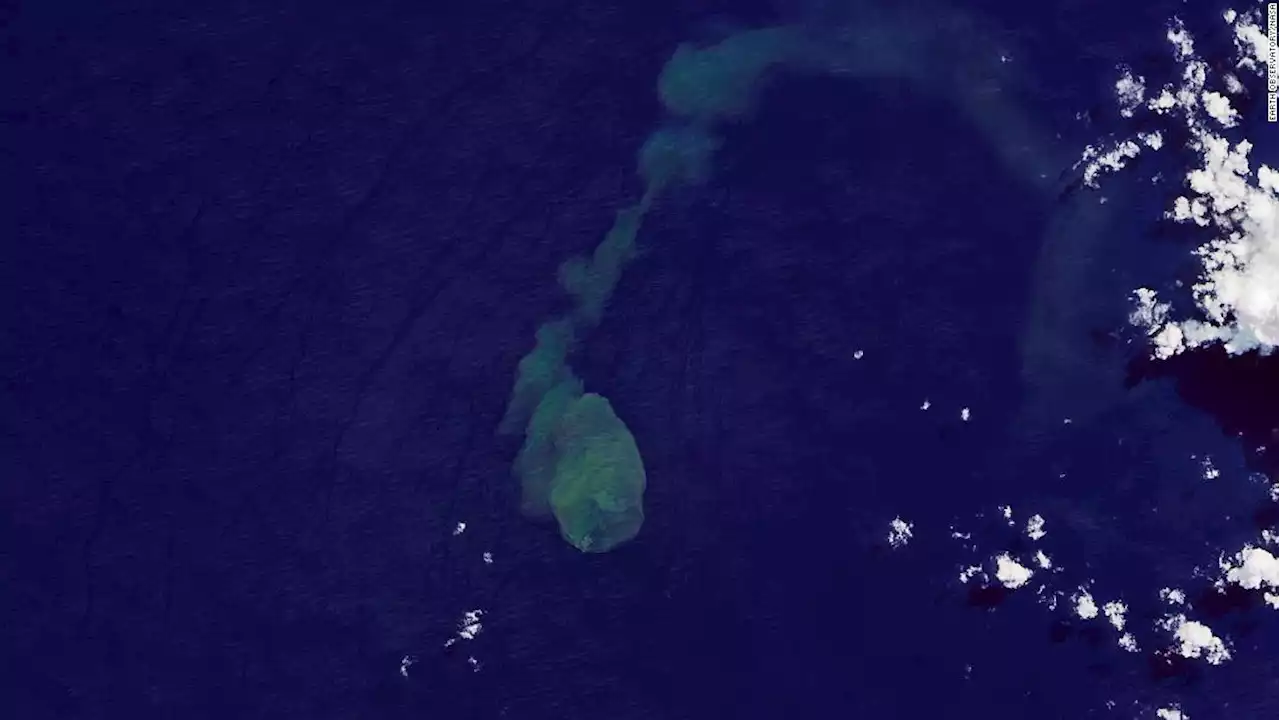 NASA captures eruption of 'Sharkcano'NASA's Earth Observatory has released satellite images of the undersea Kavachi volcano erupting in the Solomon Islands. The crater is the home of multiple fish species.
NASA captures eruption of 'Sharkcano'NASA's Earth Observatory has released satellite images of the undersea Kavachi volcano erupting in the Solomon Islands. The crater is the home of multiple fish species.
Read more »
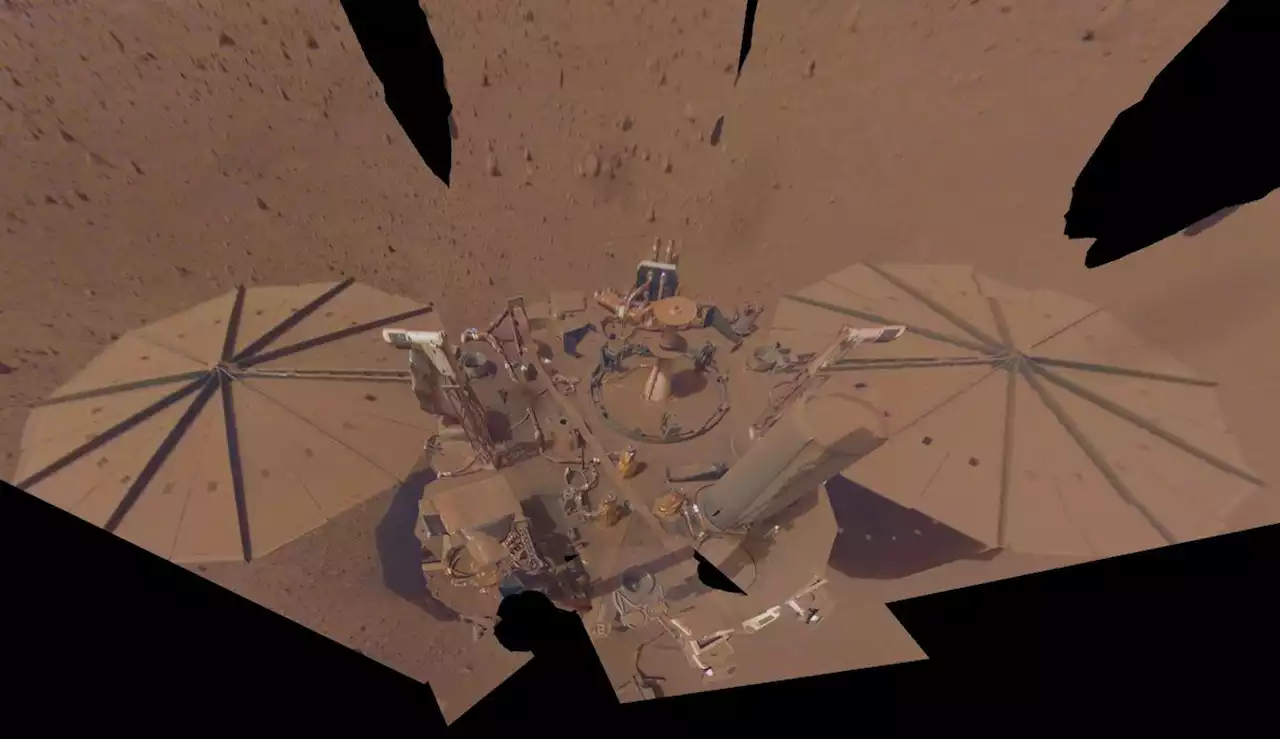 NASA shares InSight Mars lander's final selfie | Digital TrendsThe final selfie of NASA's InSightMarslander reveals the full extent of the dust problem that's causing it to gradually lose power.
NASA shares InSight Mars lander's final selfie | Digital TrendsThe final selfie of NASA's InSightMarslander reveals the full extent of the dust problem that's causing it to gradually lose power.
Read more »
